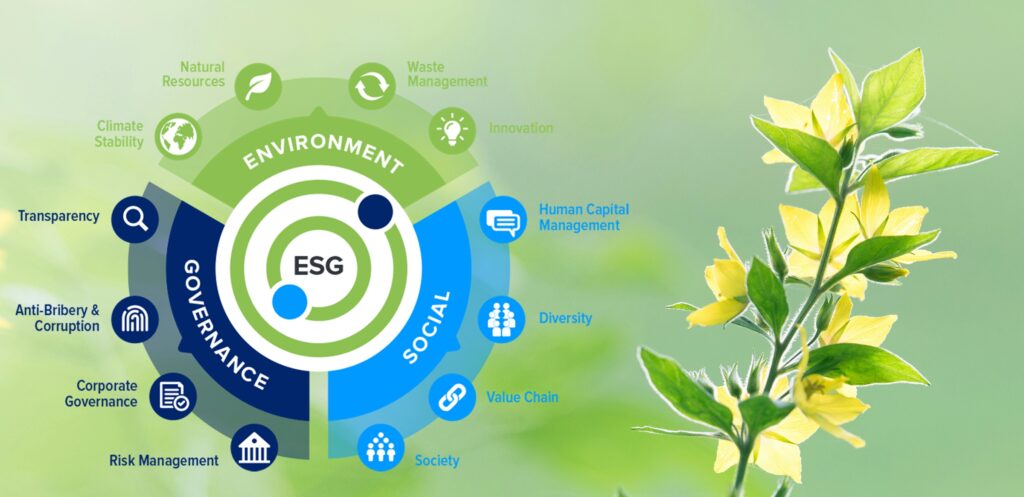
In 2019, I walked into my first ESG (Environmental, Social, and Governance) audit like a rookie. I was consulting for a mid-sized electronics company in Pune. We had ambitious plans for green packaging and gender parity. But during our investor meet, a sharp question came in:
“Can you share your ESG compliance report aligned with GRI standards?”
We didn’t have one. Just a glossy sustainability brochure.
That investor walked.
We lost a ₹3 crore funding opportunity over what we later understood was a reporting gap—not an operational flaw.
Turns out, we’re not alone. According to a KPMG India study (2024), 74% of Nifty 1000 firms publish some ESG data, but less than 40% meet international benchmarks like GRI, SASB, or TCFD. That’s a credibility crisis in slow motion.
Why ESG Compliance Reporting Matters?
If you’re a business owner, CXO, or compliance officer in India, here’s the hard truth:
ESG reporting is no longer a “nice to have.” It’s a strategic moat.
Here’s why:
1. Investor Scrutiny is Ruthless
Large institutional investors now demand ESG-aligned disclosures as a risk mitigation tool. A weak report = weak governance = higher risk.
2. Regulatory Heat is Rising
- SEBI’s BRSR (Business Responsibility and Sustainability Reporting) is now mandatory for the top 1000 listed companies.
- The MCA is gearing up for sector-specific ESG frameworks under the Companies Act.
3. Your Customers Are Watching
Millennials and Gen Zs care. 62% of Indian consumers under 35 prefer brands that align with their values—especially climate action and fair labor.
Step-by-Step ESG Reporting Framework (That Works in India)
I’ll break down the exact framework we now use at Prgenix when helping Indian firms with ESG compliance:
✅ Step 1: Baseline Materiality Assessment
- Interview stakeholders (internal + external)
- Use a double materiality lens (impact on business and by business)
- Prioritize issues: e.g., emissions, DEI, supply chain risk, etc.
✅ Step 2: Choose Your ESG Framework
Use any of the following depending on your industry:
- GRI: For comprehensive, impact-driven reports
- SASB: For sector-specific financial materiality
- TCFD: For climate-related risks
- IR (Integrated Reporting): For linking ESG to financial capital
➡ Tip: Many Indian firms use a hybrid GRI-SASB model to meet SEBI and global expectations.
✅ Step 3: Collect Data (The Right Way)
- Automate via ERP or sustainability software
- Define KPIs and data owners
- Ensure traceability and audit-readiness
✅ Step 4: Craft Your Report
Structure:
- About the company
- Material topics & risks
- KPIs + Performance (year-wise, target vs actual)
- Policies + Governance structure
- Assurance statement (external validation, if any)
✅ Step 5: Publish & Engage
- Host it on your website (structured PDF + accessible HTML)
- Share snippets on LinkedIn/X
- Submit to SEBI (for BRSR) or sector regulators
Advanced Tips: Go Beyond Compliance
Want to turn ESG from a checkbox into a competitive edge?
1. Get It Assured
Third-party validation boosts trust—investors take assured reports 3X more seriously. Use BSI, DNV, or TUV for assurance.
2. Link ESG KPIs to Executive Pay
Yes, this sounds bold—but companies doing this see 18–25% better ESG performance.
3. Use GenAI + NLP for Pattern Detection
At Prgenix, we’ve built a proprietary tool that parses unstructured ESG disclosures from competitors and flags benchmark gaps. DM me if you’re curious.
Case Study: How a Tier-2 Pharma Company Won Global Clients with ESG?
In 2023, we worked with a pharmaceutical manufacturer in Ahmedabad. They had poor ESG practices—no DEI policy, high energy usage, and weak governance.
Over 6 months:
- We implemented GRI standards
- Automated data collection via Google Data Studio
- Got third-party assurance from TUV SUD
- Trained their CXOs on ESG narratives
📈 Result?
They landed a $1.5M contract from a European buyer who only partners with ESG-compliant suppliers. That’s real ROI.
FAQs: People Also Ask
1. What is ESG compliance reporting in India?
It refers to structured disclosure of a company’s environmental, social, and governance performance using standard frameworks like BRSR, GRI, or SASB.
2. Is ESG reporting mandatory in India?
Yes—for top 1000 listed companies as per SEBI. It’s voluntary for others but highly recommended for credibility and investor trust.
3. What’s the difference between ESG and CSR?
CSR is philanthropy-driven. ESG is performance-driven. ESG links directly to business risks and investor returns.
4. What are the best ESG reporting tools?
SpheraCloud, Workiva, Enablon, and even customized Google Studio dashboards are effective for Indian firms.
5. How to prepare a good ESG report?
Focus on materiality, global standards, data accuracy, and storytelling. Always seek stakeholder feedback.